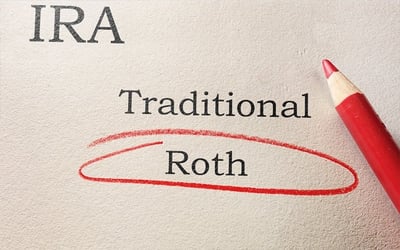Selecting the Right IRA for your Business
Pros and Cons of key retirement plans
 As a small business owner, offering your employees an IRA retirement plan to help them fund their retirement nest eggs is not only a wonderful recruitment and retention tool, it also can provide some tax advantages to your business. Any employer contributions are deductible from the employer’s income, according to the Department of Labor.
As a small business owner, offering your employees an IRA retirement plan to help them fund their retirement nest eggs is not only a wonderful recruitment and retention tool, it also can provide some tax advantages to your business. Any employer contributions are deductible from the employer’s income, according to the Department of Labor.
You have more than one option when it comes to these plans. Here’s a look at some of your IRA-based choices, including the associated pros and cons:
SEP-IRA
According to the Department of Labor, the SEP-IRA is easy to set up and maintain, and is ideal for sole proprietors. It’s a plan that is for employer contributions only. The SEP allows you to sock away as much as 20 percent of your net income. However, if you have employees, keep in mind that you will need to contribute the same percentage of their salaries as you contribute to your own plan.
Simple IRA
If you have fewer than 100 employees and are interested in an employee contribution-based plan, the SIMPLE IRA is a good route. Through this plan, employees can decide how much they wish to contribute. (The maximum is $12,500 in 2016, with additional contributions of $3,000 for participants 50 and older.) Employers are required to make a matching contribution of 1 to 3 percent.
Payroll deduction IRA
Regular IRA contributions through your employees’ payroll are another option. Your employees decide how much they wish to contribute (the maximum is $5,500 this year, with a catch-up contribution of $1,000 for participants 50 and older). There are no additional requirements from you as an employer.
Other options
Defined contribution options, such as a traditional 401(k), or profit sharing are other alternatives.
